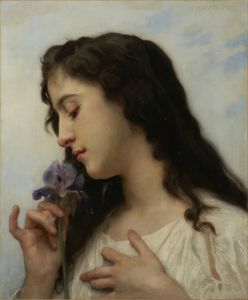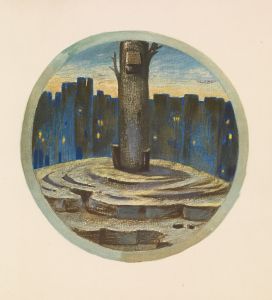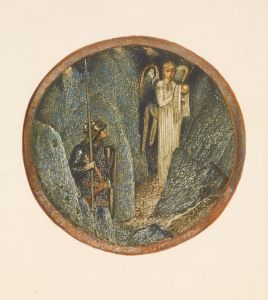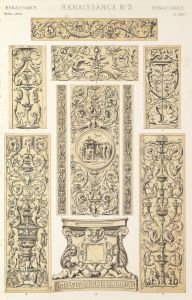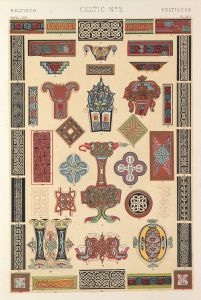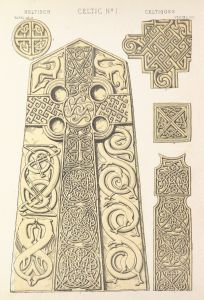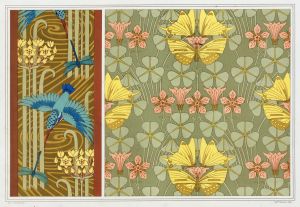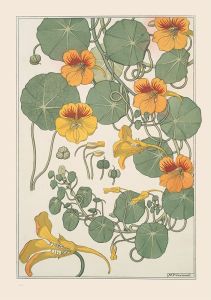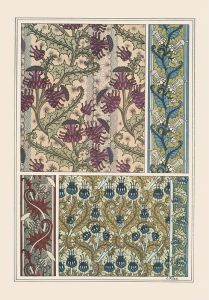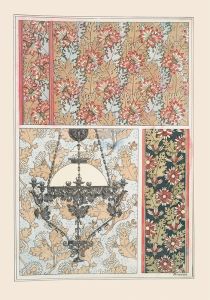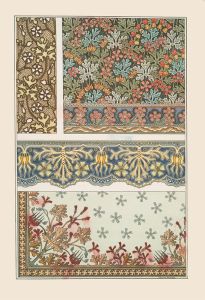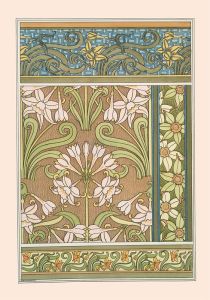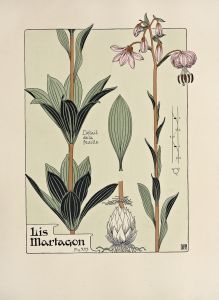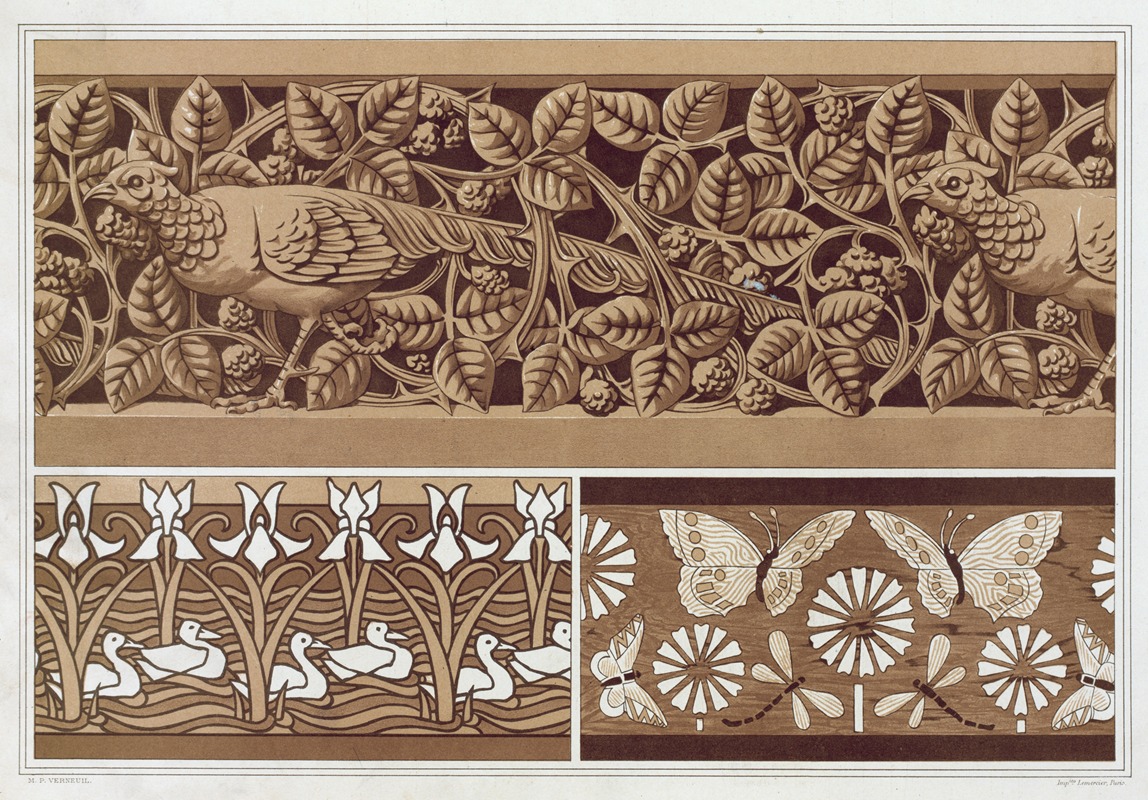
Faisan et ronces, bois sculpté à jour. Papillons et libellules, marqueterie. Canards et iris, pochoir.
A hand-painted replica of Maurice Pillard Verneuil’s masterpiece Faisan et ronces, bois sculpté à jour. Papillons et libellules, marqueterie. Canards et iris, pochoir., meticulously crafted by professional artists to capture the true essence of the original. Each piece is created with museum-quality canvas and rare mineral pigments, carefully painted by experienced artists with delicate brushstrokes and rich, layered colors to perfectly recreate the texture of the original artwork. Unlike machine-printed reproductions, this hand-painted version brings the painting to life, infused with the artist’s emotions and skill in every stroke. Whether for personal collection or home decoration, it instantly elevates the artistic atmosphere of any space.
Maurice Pillard Verneuil was a French artist and designer known for his contributions to the Art Nouveau movement, particularly in the fields of decorative arts and graphic design. His works often featured natural motifs, including plants, animals, and insects, rendered in intricate and stylized forms. One of his notable creations is "Faisan et ronces, bois sculpté à jour. Papillons et libellules, marqueterie. Canards et iris, pochoir." This work exemplifies Verneuil's mastery of diverse artistic techniques and his deep appreciation for nature.
The piece combines multiple artistic methods, including wood carving ("bois sculpté à jour"), marquetry ("marqueterie"), and stenciling ("pochoir"). Each technique is used to depict different elements of the natural world. The title itself provides insight into the subjects of the artwork: pheasants ("faisan") and brambles ("ronces") are represented through openwork wood carving, butterflies ("papillons") and dragonflies ("libellules") are illustrated using marquetry, and ducks ("canards") and irises ("iris") are rendered through stenciling. This combination of techniques highlights Verneuil's versatility and his ability to seamlessly integrate various materials and methods into a cohesive composition.
Verneuil's work reflects the Art Nouveau ethos, which emphasized the harmony between art and nature. The movement sought to break away from traditional academic art by embracing organic forms, flowing lines, and decorative patterns inspired by the natural world. Verneuil's choice of subjects—birds, insects, and plants—aligns with this philosophy, as does his meticulous attention to detail and his innovative use of materials.
While specific details about the creation date or the current location of this particular work are not readily available, it is consistent with Verneuil's broader body of work, which often explored similar themes and techniques. His designs were influential in the late 19th and early 20th centuries, and he is remembered as one of the key figures in the Art Nouveau movement.
Maurice Pillard Verneuil's legacy extends beyond his individual works; he also authored several books on decorative arts and design, further cementing his role as an important contributor to the artistic developments of his time. His ability to blend artistic innovation with a deep respect for nature continues to be celebrated by art historians and enthusiasts alike.





